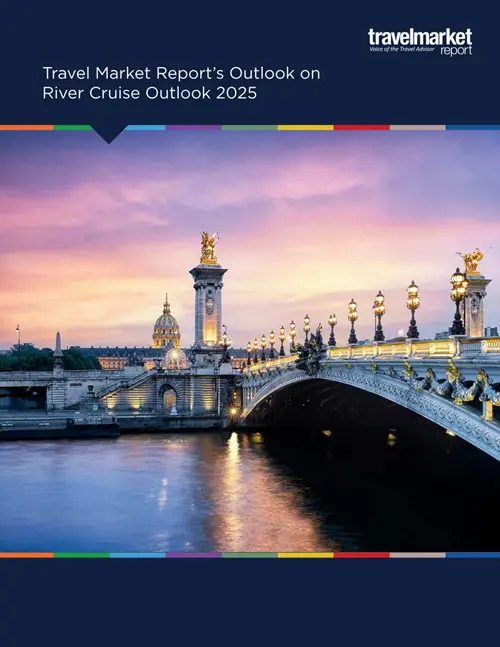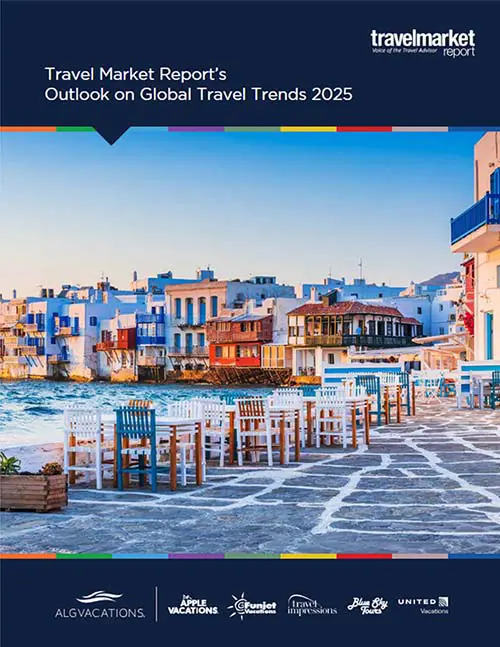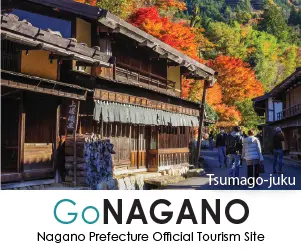ETC 2020 Puts Passion First, Destination Second
by Maria Lisella
31 of the ETC’s 33 members reported strong growth, in particular, Malta (pictured), Croatia, and Poland. Photo:
As the top-dog destination in the world, Europe has matured and remains an aspirational destination for Americans of all ages and backgrounds. To keep its enviable position, with an eye toward sustainability, the European Travel Commission (ETC) is embarking on a new strategy based on what they say really drives people to Europe.
The new plan layers volume with value with passion and represents a seismic shift from the traditional measures of a traveler that have been primarily based on demographics, such as age, gender, location, education, and income.
Expect to see ads with marketing lines like, “More Europe Than You Think,” as travelers will be encouraged to indulge in their “passion points,” which up to now, have been known as special interests.
These are travelers who explore nature at their own pace, city-based experiences, cultural experiences, or those seeking immersive off-the-beaten path experiences such as those that are gastronomy-focused and ancestry-related.
The approach is based on psychographics that “… put travelers’ interests first and will put them together with like-minded people across the globe,” says Miguel Gallego, head of marketing and communication, for the ETC.
Tourism looks bullish
Tourism, in general, is projected to be the only industry in the world that is expected to grow by 4% annually for the next 20 years, according to the ETC.
While it looks as though Europe does not even need to promote itself, as it remains the most popular destination in the world, there is cause for concern: overcrowding, environmental impact, and carbon footprints.
Says Francoise Cornu, president and founder of Long Island City-based Celestial Voyagers, as a tour operator, she has always taken behavioral factors into account. “Having worked across the globe in France and Australia, as well as the U.S., I have a lot of information from various points of view. The new strategy may help the ETC broaden its reach, but demographics are still important; for instance, first-time travelers from China and India may not be expert travelers, so they have different needs.”
That traveler may run a very well-worn path to the world’s best-known landmarks at high season, thus burdening the citizenry and the environment. Says Gallego, the shift is also a way to address high-volume traffic that overcrowds major landmarks, an issue of increasing concern.
By contrast, visitors who follow their passions tend to travel beyond the tried-and-true to out-of-the-way places. And since they are repeat travelers, they tend to explore beyond the most-visited sites. This visitor also tends to be loyal, respectful, and travel off-season, precisely the travel trend the ETC wants to encourage.
The ETC has been headed in this direction since last year, when its efforts moved from a volume-based strategy to a value-based approach. This coming year, the ads will showcase, “What drives people to travel internationally,” said Gallego.
This is not to say that all that demographic research the ETC has gathered over the years will be tossed aside, but rather it will be layered with new information based on psychographics.
Managing demand
Alison Metcalfe, executive VP, USA & Canada, at Tourism Ireland and chair, ETC US Chapter, prefaced the announcement with the good news: Europe is headed for another record-breaking year, as air access has played a role in reaching those peaks and that the segmentation is simply a new approach to developing partnerships.
In a recent Travel Market Report interview with Metcalfe, she expressed concern about high-volume traffic to marquee landmarks in Ireland.
Facing its sixth record-breaking year, Ireland tries to stay ahead of the curve by following a set of sustainable tourism marketing principles to manage demand with a keen eye for potential pressure points at peak periods, said Metcalfe.
At 33 million visitors annually, the U.S. remains the largest inbound market to Europe. According to the latest statistics, 31 of the ETC’s 33 members reported strong growth, in particular, Malta, Croatia, and Poland. At the same time, the Eastern Mediterranean region showed dramatic increases in U.S. arrivals: Greece (+21%), Cyprus (+27%), and Turkey (+32%).
Referring to the ETC’s recently released third quarter report, Eduardo Santander, ETC’s executive director, said: “This latest report highlights that travel demand in Europe is in a good place, with steady increases in tourism numbers across the board. Despite very real challenges, such as the looming threat of a “no deal” Brexit, and the collapse of several airlines, European destinations continue to post healthy rates of arrivals.”
Created in the post WWII years (1948), the ETC is an association of 33 national tourism organizations; it was created to promote Europe to the long-haul markets outside the continent, originally in the U.S. and later in Canada, Latin America, and Asia. Given the current situation regarding Brexit, the UK is not a member, and neither is France. The ETC is not part of the EU, but does receive some funding from it, as well as membership fees.
























